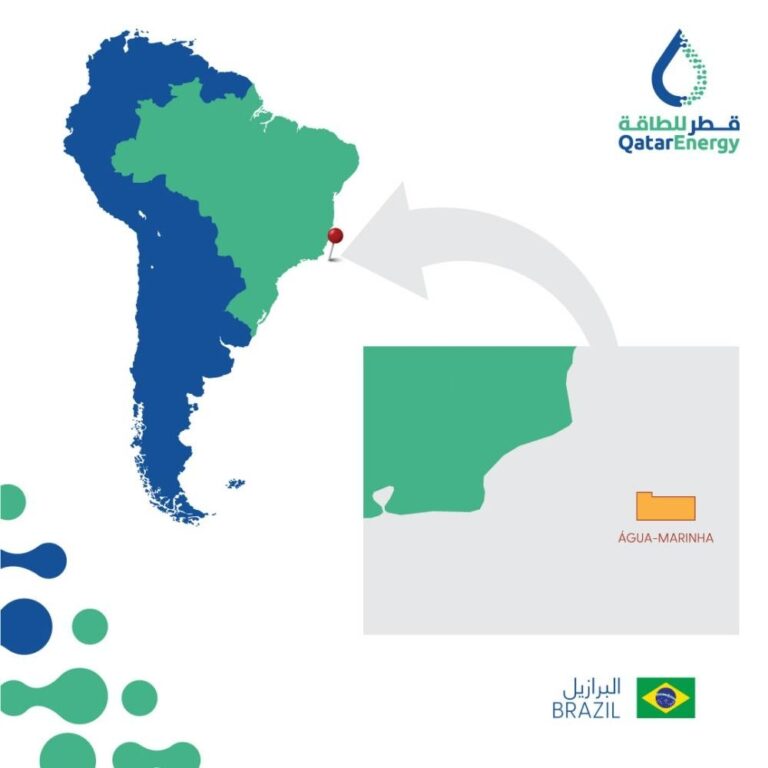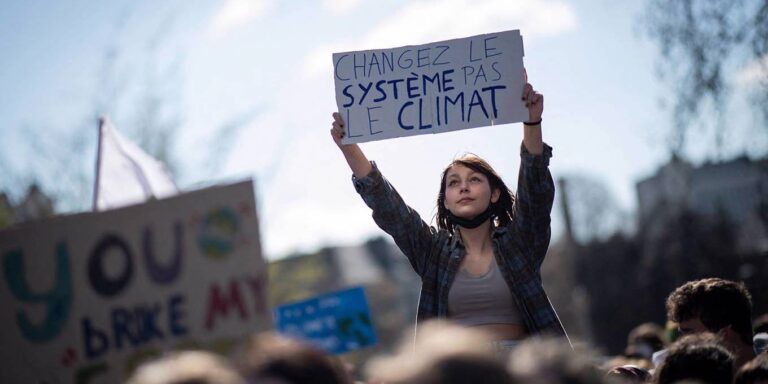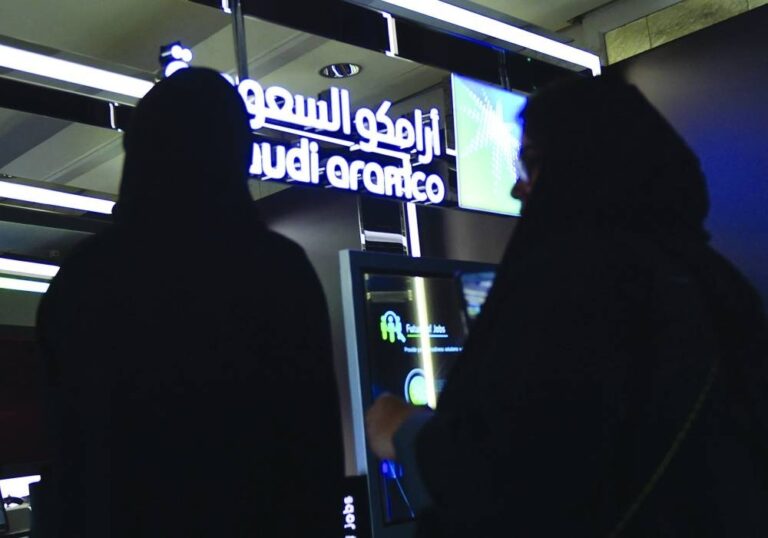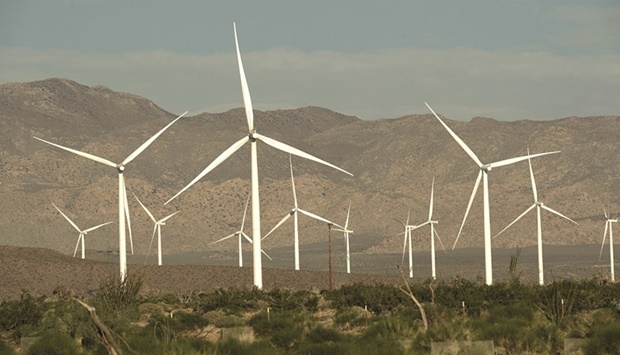Lebanon-Israel deal counts as big win for both parties — and for US diplomacy

The United States accomplished a diplomatic tour de force in October when Lebanon and Israel agreed to settle most of their maritime boundary.
Of course, credit for this achievement is also due to the principals, but U.S. mediation was essential to setting the stage for the mostly indirect negotiations, regaining momentum when it looked like the process might be permanently stalled, and keeping the parties on-course until they reached agreement. Simply put, in this instance, the U.S. really was the “indispensable nation” it has so often strived to be.
The very fact that an agreement was reached is itself a remarkable departure from decades of mutual enmity between Lebanon and Israel. After all, the deal is anything but the usual sort between two sides that have recently been at odds over one or more particular issues.
Instead, from the moment of Israel’s establishment in 1948, a state of war has existed between it and Lebanon. A cease-fire was agreed to the following year, but since then there have been countless confrontations between the two sides, including at least three full-scale wars (1978, 1982, 2006), multiple smaller conflicts, a 22-year occupation of South Lebanon ending (for the most part) in 2000, and hundreds of skirmishes. Although the Lebanese have sustained far more than their share of losses in blood and treasure alike, the Israelis also have paid a painful price. Each side has plenty of reasons to distrust the other, and any Lebanese or Israeli advocating accommodation between the two risks running afoul of powerful domestic constituencies bent on continued mutual hatred.
It took more than a decade of intermittent contacts, virtually all of them consisting of messages exchanged through American intermediaries, but eventually logic prevailed, and the deal got done. And it’s a good deal for both sides. The Israelis have been extracting offshore gas since 2004 and exporting some of it to Jordan since 2017, but the agreement enhances their ability to expand production and tap enormous markets in Europe. Lebanon’s gas industry is far less advanced, so recognition of its maritime boundaries is even more important: Recognition of its Exclusive Economic Zone (EEZ) makes it a viable destination for the foreign investment required for offshore hydrocarbon activities, and the country’s crippling economic and financial crises make the chance to become energy self-sufficient and even earn badly needed export revenues even more attractive.
If it was patience that kept hope alive despite repeated periods of soaring tensions threatened to derail the process, it was creative diplomacy that proved the wisdom of that patience by identifying practical compromises both sides could see as fair and equitable.
For one thing, the agreement bridged proverbial gaps between the two sides’ positions by leaving actual gaps in the line separating their respective maritime zones. One of these is at the western end of the agreed boundary, where it stops just under a kilometer short of the line established bilaterally by Israel and Cyprus in 2010. This leaves for future negotiation the precise location of the “trijunction” point where the Israeli and Lebanese zones will meet up with that of Cyprus. The other gap is at the eastern end, leaving a much longer (approximately 5 kilometers) stretch of open water between the agreed maritime boundary and the land terminus point (LTP) of the two countries’ terrestrial border. Since Lebanon and Israel have yet to agree on a location for that LTP, and since the most promising resource areas — in particular the Qana Prospect thought to constitute a significant reservoir of natural gas — lay much farther offshore, it made sense to lock in the rest of the line now and leave this coastal section for later.
A similarly pragmatic approach was applied to the Qana Prospect itself, believed to straddle the agreed boundary between Lebanon’s Block 9 and adjacent Israeli waters. Here the challenge stemmed from Lebanon’s longstanding withholding of diplomatic recognition from Israel and, therefore, its refusal to engage directly with its neighbor. The solution was to have an independent third party — specifically the international company, France’s Total Energies, licensed to act as the Block 9 operator — handle any necessary communications with, and prospective financial compensations of, the Israeli side.
For all of these (and other) reasons, the Lebanon-Israel agreement is nothing short of remarkable, not only because of what it says about the principals and their intermediary, but also because of the example it sets for the resolution of other maritime disputes around the world.
With a lot of effort, both Lebanon and Israel demonstrated politico-diplomatic maturity by recognizing that their interests were best served by embracing dialogue (however indirect) and accommodation, not the bombast and self-defeating dogmatism that only deepen divisions without solving problems.
Arriving at such an agreement required each side to exercise a measure of strategic empathy toward the other, no small feat for parties so accustomed to viewing one another as enemies. It is fair to predict, too, that if and when the parties decide to settle other aspects of their dispute, or even when they just need to defuse some future crisis without bloodshed, this experience will be a useful touchstone.
For the U.S., its successful stewardship of the Israeli-Lebanese negotiations proves that it still matters in the Middle East and North Africa region, and comes at a time when some Arab capitals have been questioning American reliability and resolve. Washington’s performance shows that it can get things done without having to take or threaten military action.
For parties to maritime disputes worldwide, the Lebanon-Israel agreement offers proof that even sworn enemies can find mutually acceptable outcomes on at least some of the issues that divide them.
Roudi Baroudi is a senior fellow at the Transatlantic Leadership Network and the author of “Maritime Disputes in the Mediterranean: The Way Forward” and book distributed by the Brookings Institution Press. With more than 40 years of experience in fields including oil and gas, electricity, infrastructure and public policy, he currently serves as CEO of Energy and Environment Holding, an independent consultancy based in Doha, Qatar.








